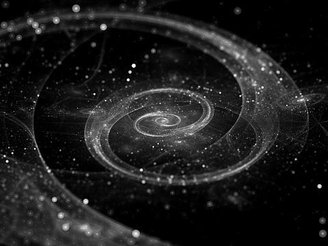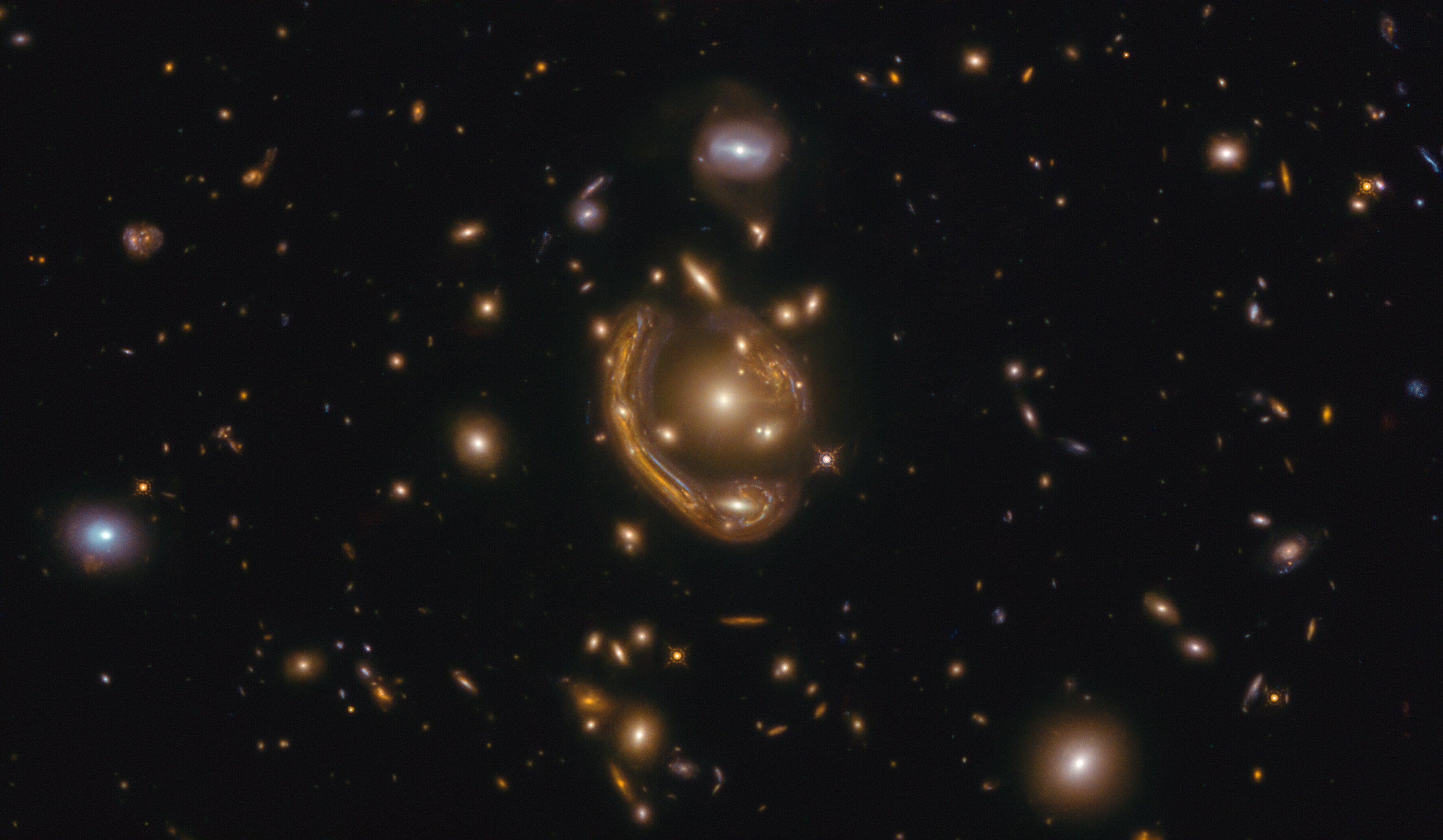A unique “Einstein ring” in September 2023, astronomical phenomenon that occurs when light from a distant galaxy is distorted by gravity, photographed by the James Webb Space Telescope (JWST). The anomaly, called strong gravitational lensing, is linked to a massive ancient galaxy called JWST-ER1g.
Formed just 3.4 billion years after the Big Bang, JWST-ER1g appears here not as a source of light (possibly coming from another, more distant and invisible galaxy) but rather as a lens that deflects that light. In ring-shaped telescopes exactly as predicted by the theory of general relativity.
While trying to assess JWST-ER1g’s overall gravity and impact on the distant galaxy’s light, the team documented the discovery last October in the journal Nature. ThisThe weight of the galaxy is estimated to be approximately 650 billion suns. The value was judged to be too high for its size. By subtracting the apparent stellar mass from the resulting total mass, physicists were able to measure the amount of dark matter present.
Understanding the high density of the Einstein ring
In the subtraction calculation made after the discovery, “the mass value of the dark matter appears to be larger than expected. This is intriguing,” said co-author Hai-Bo Yu, a professor at the University of California, Riverside, USA. The discrepancy led to the publication of the new study, which was recently published in The Astrophysical Journal Letters.
According to the paper’s first author, Demao Kong, a doctoral student at UCR, JWST-ER1g’s very high density could be explained by a larger population of stars compressing the halo than previously thought. “Our numerical studies show that this mechanism can explain the high dark matter density of JWST-ER1g; that is, more dark matter mass in the same volume results in higher density.”
The conclusion was that this halo of dark matter, denser at the center of the galaxy, could act as a “gravitational glue” that prevents the two rotating galaxies from separating. Complete, A computational model simulating a type of dark matter with particles that interact with each other reproduced the data observed in JWST-ER1g with high precision.
The importance of the study in understanding dark matter

Simulating self-interacting dark matter structures to explain the halo of the JWST-ER1g galaxy offers “a great chance to learn about dark matter,” says co-author Daneng Yang, a physicist and astronomer at UCR.
This was only possible because “this powerful lens object is unique.” Your perfect Einstein ring allowed collecting valuable information about the distance from the massive object to the ring (Einstein radius)It is a fundamental requirement for testing the properties of dark matter.
Stay up to date with astronomical discoveries and studies at TecMundo. If you wish, take the opportunity to understand what cosmic background radiation is and its relationship with the Big Bang.
Source: Tec Mundo
I’m Blaine Morgan, an experienced journalist and writer with over 8 years of experience in the tech industry. My expertise lies in writing about technology news and trends, covering everything from cutting-edge gadgets to emerging software developments. I’ve written for several leading publications including Gadget Onus where I am an author.













